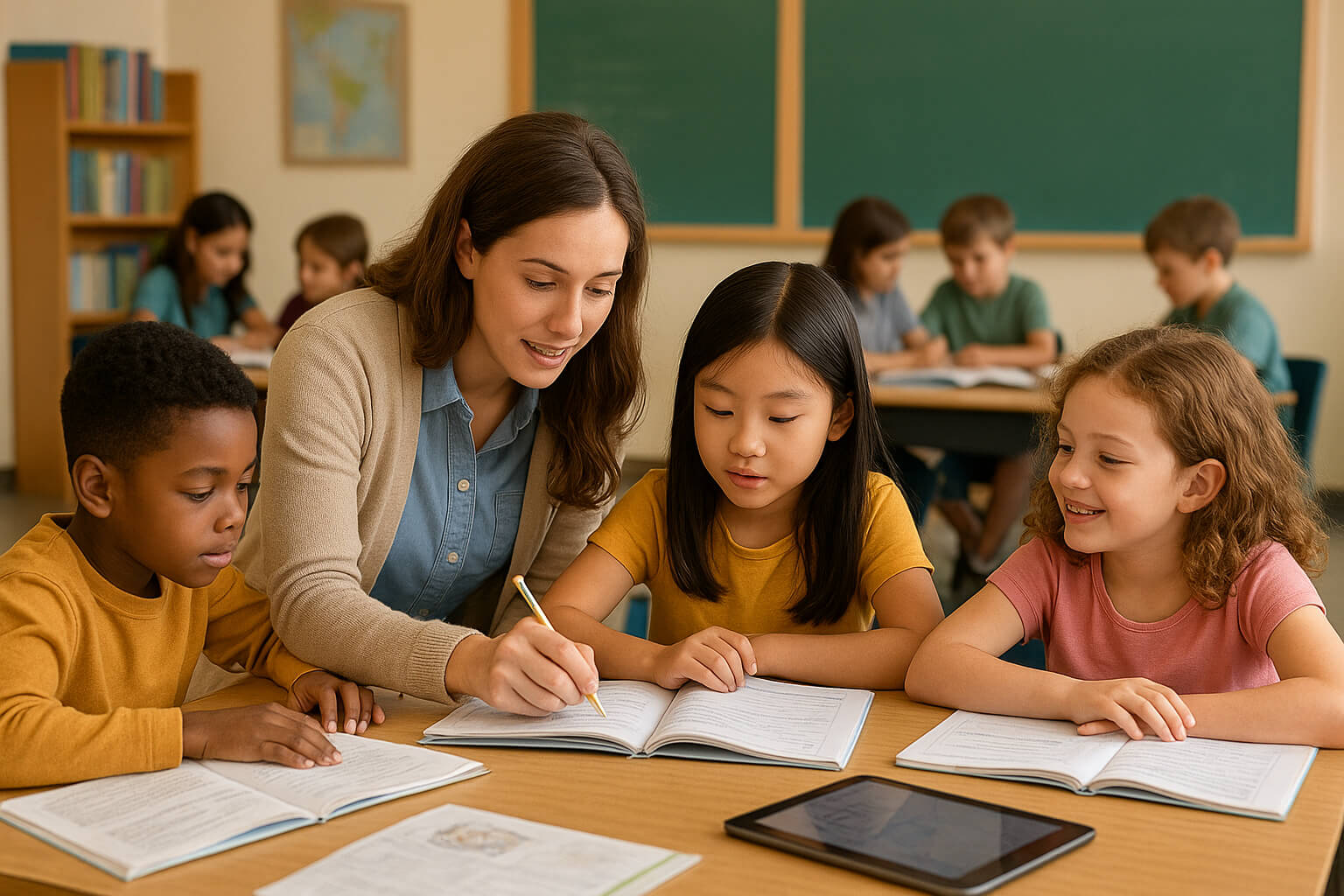September 11, 2025

Education shapes not only the minds of individuals but the future of societies. But not all students learn at the same pace or in the same way. Learning gaps—the disparity between what a student is expected to learn and what they actually understand—can emerge due to a range of academic, social, and environmental factors.
When left unaddressed, these gaps can widen over time, making it harder for students to keep up, stay engaged, and reach their full potential. However, by identifying these gaps early and intervening with thoughtful, individualized strategies, educators and families can ensure that every child receives the opportunity to succeed.
If you’re interested in how strong networks and support systems can help students thrive, The Power of Community in Health Recovery offers great insights that apply to education too—emphasizing how connection drives resilience.
A learning gap doesn’t reflect a student’s intelligence or potential. Rather, it highlights a disconnect between the content taught and the knowledge acquired. These gaps can manifest in core academic areas like:
These difficulties are often cumulative. For example, a student who doesn't grasp early math concepts like place value or multiplication tables may later struggle with algebra and geometry. When these gaps aren’t addressed, they compound, making the academic path increasingly difficult.
To support students with long-term success strategies, Healthy Habits That Improve Well-Being offers practical guidance that educators and families can use to reinforce learning outside of school hours.
Learning gaps are rarely caused by a single factor. Often, they’re the result of multiple overlapping challenges. Some of the most common contributors include:
You can read more about inclusive education strategies in The Role of Non-Profits in Community Health, which discusses how collaboration between schools, nonprofits, and communities can help bridge these gaps.
Learning gaps can be bridged—but doing so requires deliberate, data-driven action. Here are some of the most effective strategies for educators, schools, and families:
Closing learning gaps is about more than academic achievement. It’s about equity, empowerment, and long-term success.
When students fall behind and aren’t supported, the consequences ripple into adulthood—impacting college readiness, career opportunities, income levels, and even health outcomes. On the other hand, helping students catch up and thrive has a multiplying effect: confident learners become empowered individuals who contribute to healthier, more vibrant communities.
Just like in health, where timely intervention and supportive systems are key to recovery, education requires proactive strategies and strong community ties to support every learner. This is especially true for vulnerable students, as emphasized in The Power of Community in Health Recovery.
Learning gaps are not fixed or permanent—they are challenges we can overcome with intentional action, compassion, and collaboration.
By using targeted interventions like individualized assessments, small group instruction, tutoring, tech tools, and family engagement, we can ensure that every child has a chance to succeed, regardless of their starting point. And by creating classrooms that support both academic and emotional growth, we prepare students not just for tests—but for life.
Let’s treat learning gaps not as failures, but as opportunities—for students, teachers, and entire communities to grow together.
Stay up to date with the latest tips, expert insights, product reviews, and step-by-step guides to help you grow, create, and succeed—no matter your industry or passion.